How to Grow Asparagus Beans: Growing Yard Long Beans
Whether you call them asparagus beans, yard long beans, snake beans, or Chinese long beans, they are a staple in my hot summer garden. They thrive in heat and produce abundantly, making them an excellent choice for gardeners looking for a reliable crop. Not only are these beans easy to grow, but they are also packed with nutrients like protein, vitamin B, iron, and calcium. Follow these tips to grow asparagus beans successfully in your garden.

Article Outline:
- When to Plant Asparagus Beans
- Selecting the Right Location
- Planting and Caring for Asparagus Beans
- Support for Vertical Growth
- Harvesting Asparagus Beans
- Saving Seeds for Next Season
When to Plant Asparagus Beans
Asparagus beans are a warm-season crop. Wait until after the last frost, when the soil has warmed to at least 50˚F (10˚C). They need a long growing season with warm temperatures, so late spring to early summer is the ideal time to plant them. These beans need at least 75 days of frost-free weather to reach maturity, making them perfect for hot climates where other vegetables may struggle in the heat.
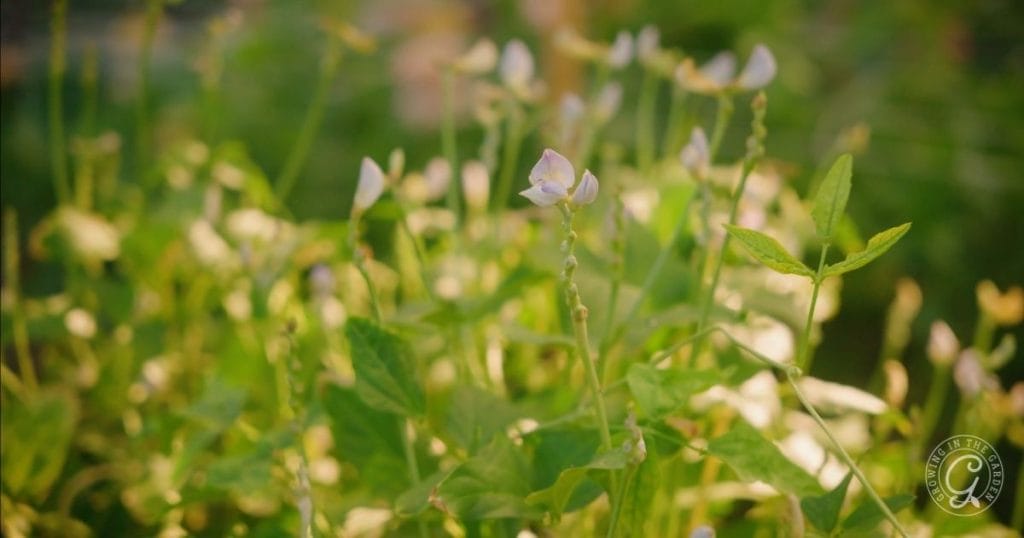
In areas like the low desert of Arizona, the optimal planting window for yard long beans is between March 15 and July. During this time, the beans will flourish even as summer temperatures climb.
Varieties to Try: (Click link for seeds)
Selecting the Right Location
Asparagus beans thrive in well-drained soil, and while they don’t require particularly rich soil, adding compost at planting will improve growth. You can also use a nitrogen-fixing inoculant on the seeds or in the soil to boost growth. No additional fertilizer is recommended.
Full sun is crucial, so choose a location with at least 6-8 hours of direct sunlight. In hot climates, a spot that offers shade during the hottest part of the day can help prevent plant stress.
These heat-loving beans grow best when the air temperature is between 77-95˚F (25-35˚C). To maximize yield, avoid planting yard long beans in areas where legumes (like peas or other beans) were grown the previous year to prevent soil-borne diseases.
Planting and Caring for Asparagus Beans
Like most beans, Asparagus beans prefer to be directly sown into the garden. They have shallow root systems that don’t transplant well, so avoiding starting them indoors is best. Plant the seeds about 1 inch (2.5 cm) deep and space them 3-4 inches (7-10 cm) apart. For square-foot gardening, plant 5-9 per square.

Consistent moisture is vital for healthy plants. Water deeply once a week, increasing frequency in hot, dry weather. Be careful not to water the leaves, which can lead to fungal diseases. Overwatering can cause root rot, so finding a balance is essential.
Common Pests and Diseases of Yard Long Beans:
- Pests: Aphids, spider mites, and bean beetles can be problematic. Regularly check your plants for signs of infestation, and handpick pests to keep them under control.
- Diseases: Watch for bacterial blight and mosaic virus, which can be avoided by ensuring good air circulation and avoiding working in wet foliage.
Support for Vertical Growth
Asparagus beans are vigorous climbers, often reaching heights of 10-12 feet (3-3.6 m) or more. Plant your beans at the base of a trellis, fence, or cattle panel to support this growth. Be sure to put your supports in place at planting time to avoid disturbing the roots later.
Growing yard long beans vertically helps manage their growth and keeps them off the ground, reducing disease risk. Vertical growth also makes harvesting easier and protects the beans from pests like pill bugs (rollie-pollies).
Harvesting Asparagus Beans
Although they’re often called “yard long” beans, you should harvest asparagus beans for the best flavor when they are about 10-12 inches (25-30 cm) long. Pick them while they are still slender and before the seeds inside fully develop. The flavor will deteriorate if the pods become soft or spongy, as the beans are over-mature.

To harvest, twist the beans off the vine rather than pulling them to avoid damaging the plant. These beans often grow in pairs at the terminal bud, and removing them gently will encourage further production.
Tip: Harvest yard long beans regularly to promote more beans. If you leave beans on the vine for too long, the plant will slow down production as it focuses on maturing its seeds.

Saving Yardlong Bean Seeds for Next Season
If you want to save seeds for next year, leave a few pods on the healthiest plants until the seeds inside are fully developed and the pods turn dry and papery. Once mature, remove the pods, shell the seeds, and store them in a cool, dry place. Seed-saving ensures you have a stock of asparagus beans ready to plant for the following growing season.
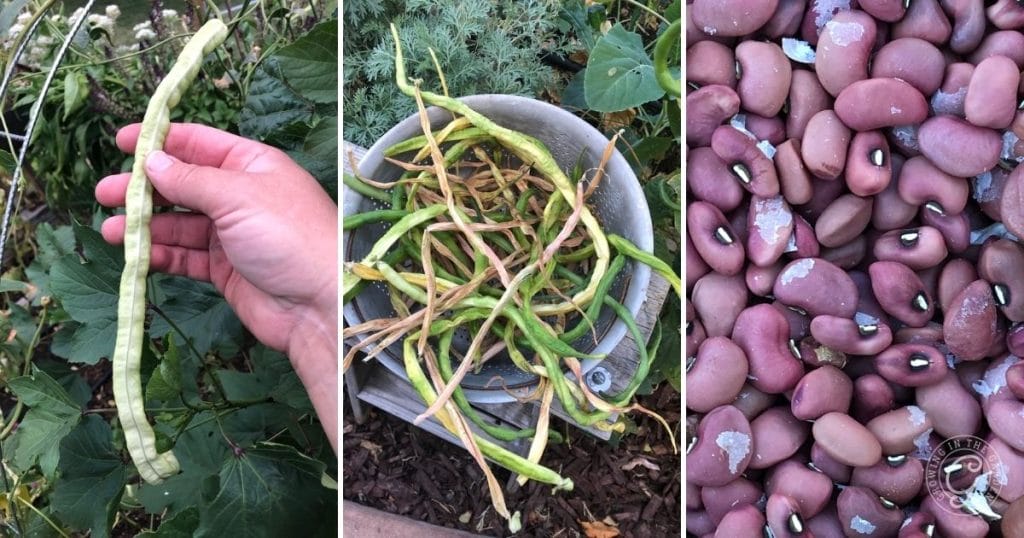
Whether you call them asparagus beans or yard long beans, they are a heat-loving, easy-to-grow crop that can add beauty and bounty to your summer garden. With the proper care, location, and attention to harvesting, you’ll enjoy a bountiful harvest of these delicious, nutritious beans.

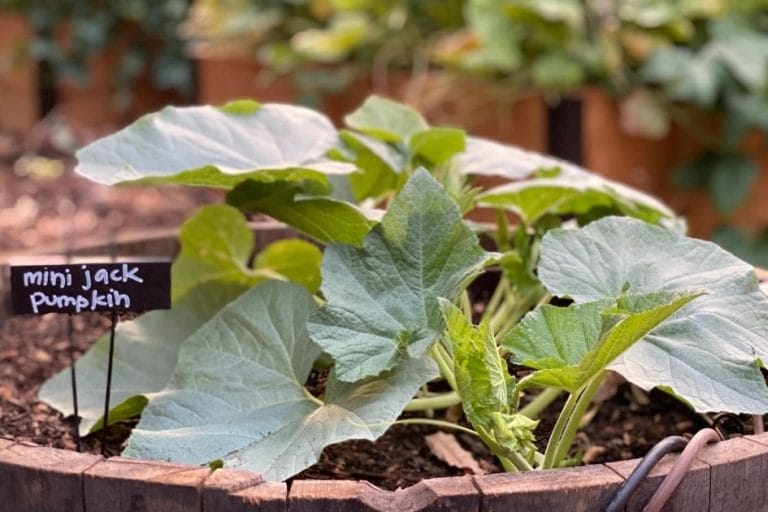



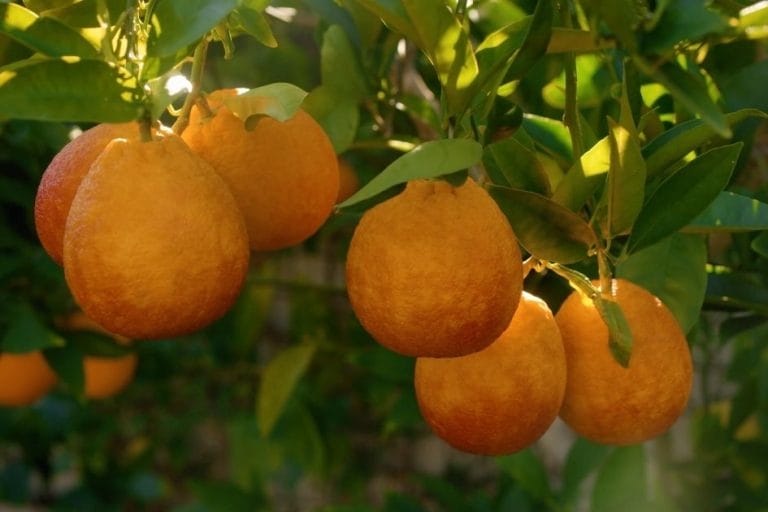
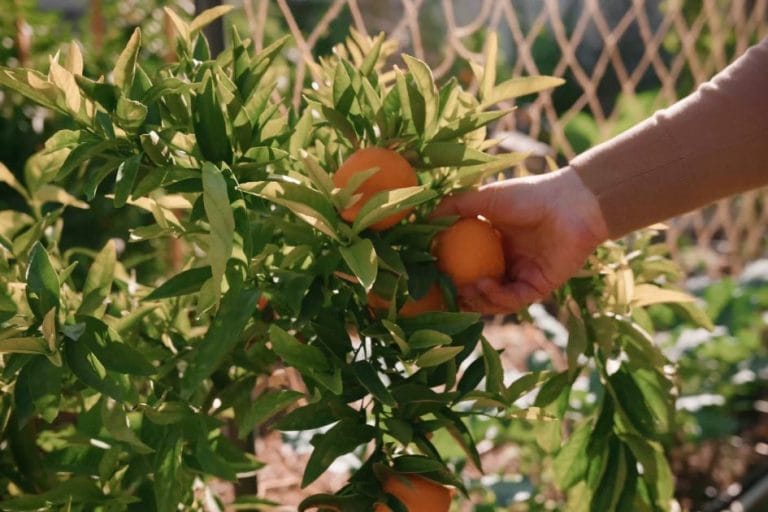
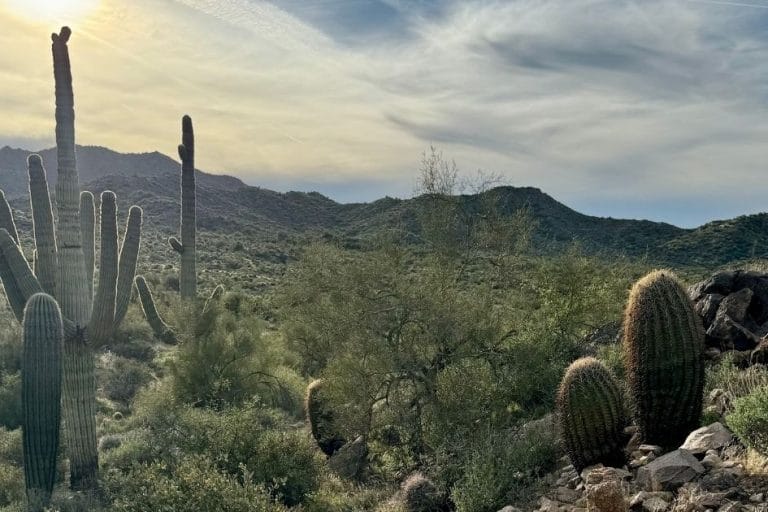
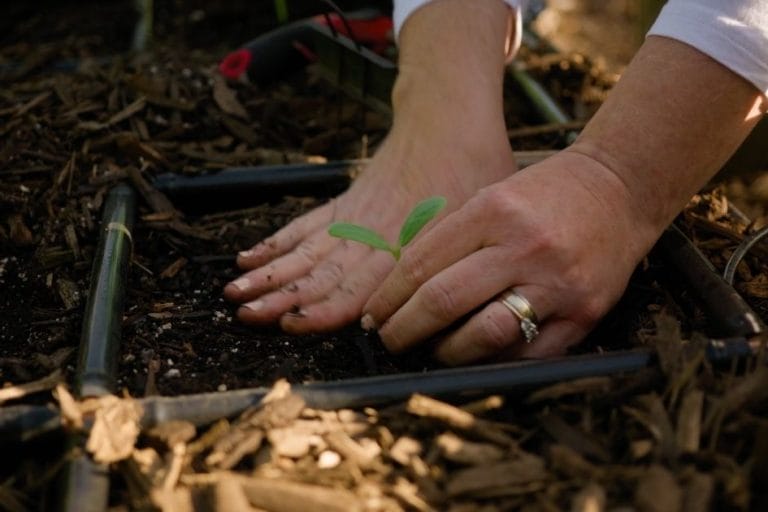
Hi – I planted my asparagus beans in mid-March, but 4 months later, they still haven’t started flowering. Should I be worried? They’re creeping up the trellis, so I know they’re growing a few inches a week.
Hopefully soon. That does seem slow, but hopefully, once they get going they will produce well for you.
Hi – what do asparagus beans taste like? Are they similar to regular green beans?
Thanks!
They are good, but not quite as good as regular beans,in my opinion. Not as fresh tasting if that makes sense.
Hi, where can I find seeds for yardlong beans?
I get mine from Botanical Interests, here’s a link: https://shrsl.com/42vwi
How do you cook yours? Do you cut like a green bean, or do you take out the beans and eat then? Struggling with what to do with all these beans! These are fun to grow and do well in a grow bag that holds 10 gallons of soil. I have allyssum growing at the base — like that too and provides shade. 🙂
It depends on when I harvest them. If I catch them young, then we eat them similar to green beans (we love them in stir-fry) If they get away from me and get large then it’s a struggle because they aren’t as tender.
Thanks for your article on Asparagus beans. Informative for those of us determined to make things grow here in Tucson.
I have a question though… Do the bean plants ever get tendrils and climb the support… or do I need to train and tie the vine to the trellis? Mine are ever so slowly getting taller— probably 2 ft tall or so…. And although the extreme edges of the leaves are a tad crispy, overall, I think they are thriving. But… nary a tendril in sight. I don’t want to let them keep getting taller without knowing if I need to tie them up… do I just need to let them do their thing?
Thanks.
Hi April – good question! They actually don’t have tendrils – the vine itself is what will wrap and climb around your support. It may need help finding it initially, but I’ve never had to tie the vines to the support. You can let them do their thing. Yay for easy crops!
Hi! We planted a whole pack of seeds and 4 germinated. They are growing tho and with some help, climbing the hog panel that we turned on its side (one shoot has surpassed that height; reaching for the stars??). my question is: how big around should I let the beans get for optimal flavor?
Thanks for your site-very informative!
Depends on the type of bean, but usually around 10-12 inches long. Pick them before they get puffy and the seeds inside begin to develop.